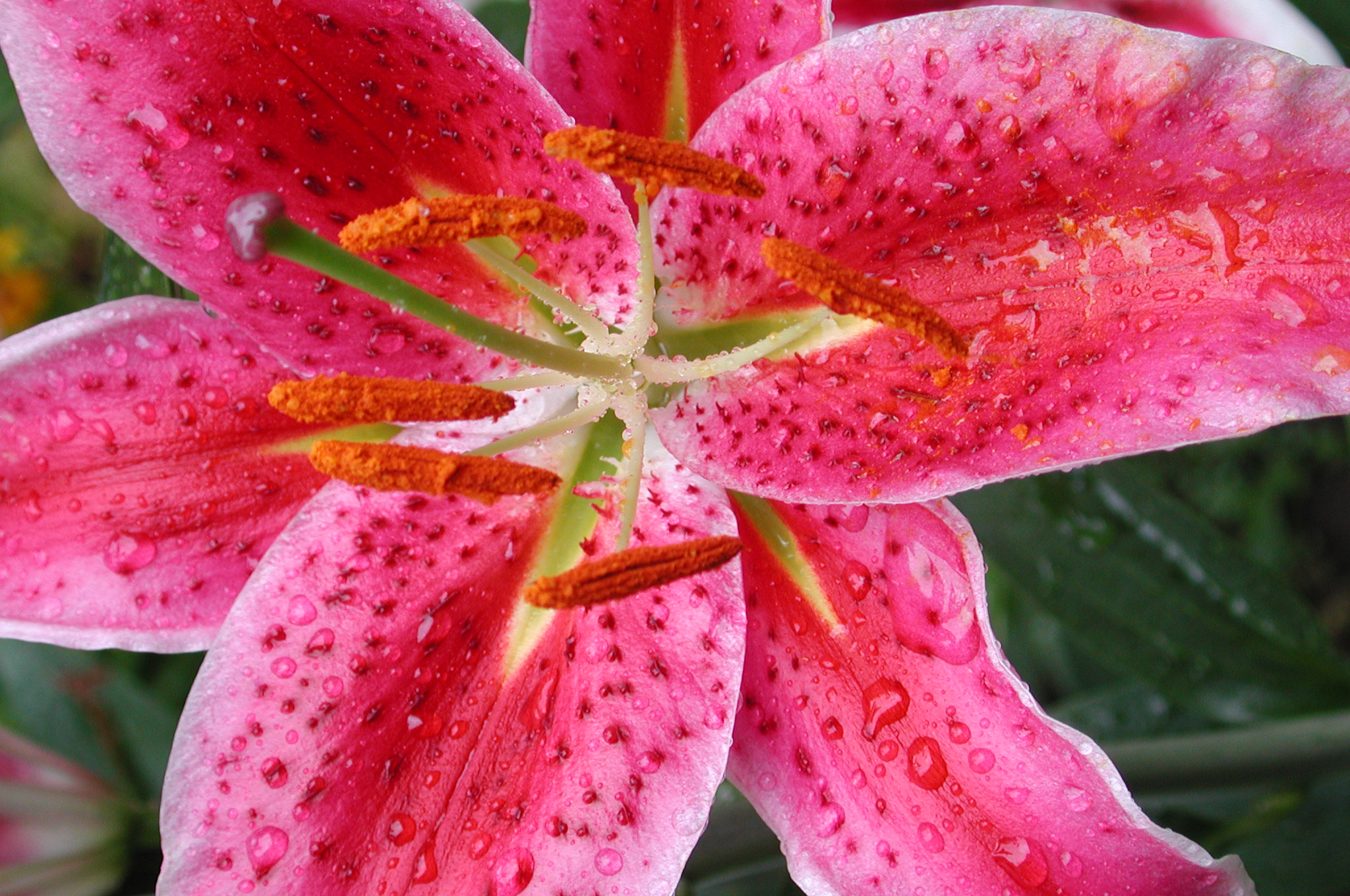
Keep pollen out of your home this spring
For anyone who suffers from allergies, spring usually means watery eyes, sneezing, and plenty of headaches too. This is mainly due to all the pollen in our environment. You cannot stop pollen from floating around but there are some things you can do to keep your contact with allergy triggers to a minimum.
Firstly, when you get home each day, do yourself a favour by taking your shoes off. No matter where you have worn them (to work or a picnic in the park), you should keep your outdoor shoes in the entrance area of your home or at least clean them off before packing them away. This way, if there are any allergy triggering substances on them, you’ll be in the clear.
Just like your shoes, you should do the same with your clothes. You should change your clothes as soon as you arrive home and put something more comfortable on. If you have rather extreme allergies, you may want to put your clothes in the laundry after every time you wear them.
If you want to decorate your home with fresh flowers, you still can thanks to such blooms as the pollen-free Rose Lily. Alternatively, you can use plants that do not bloom or silk flower arrangements instead.
Unlike years ago, we now have access to weather apps and they can helps us track pollen levels just as well as we do the temperatures and any chances of rain. So, keep this shortcut on your phone and check it regularly so that you can prepare for days when allergens will be particularly high.
For severe allergy sufferers, you might want to invest in special detergents and even an allergy-reducing washing machine. This will not only help you during spring but also throughout the year.
Keep your home clean by dusting more often. Remember to avoid feather dusters and similar products because they only lift dust and pollen into the air for you to inhale. The best solution is to use clean water and a cloth. The hydro-static nature of these small particles mean that they are attracted to water. It makes for cleaner surfaces that will stay that way for longer. If you want to use a furniture treatment after this, you can. However you should wait for the surfaces to dry first.
As for your garden, you should discuss your allergies with a professional landscaper. They will be able to recommend trees, plants, flowers, and shrubs that will not make those allergies any worse.
